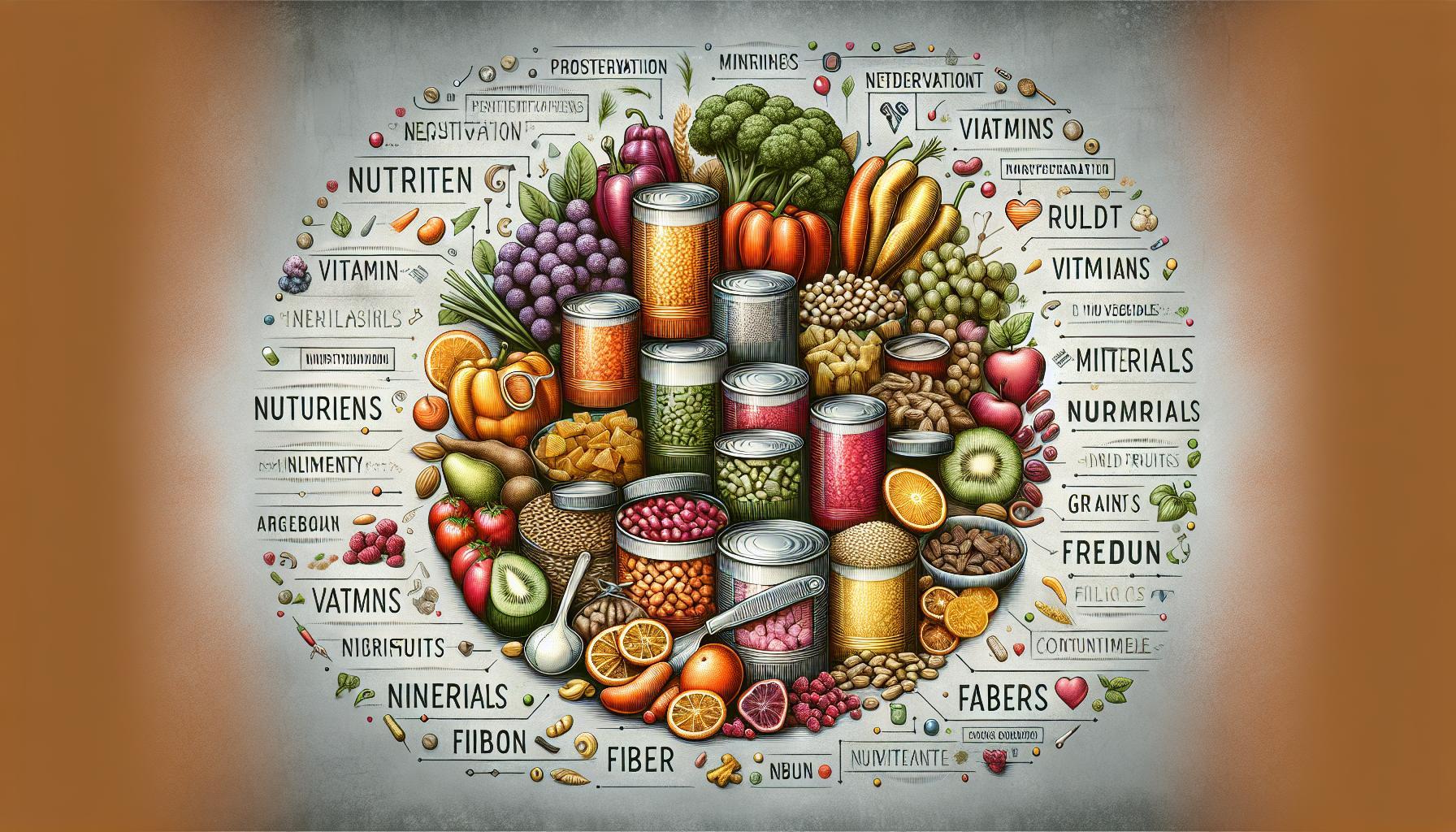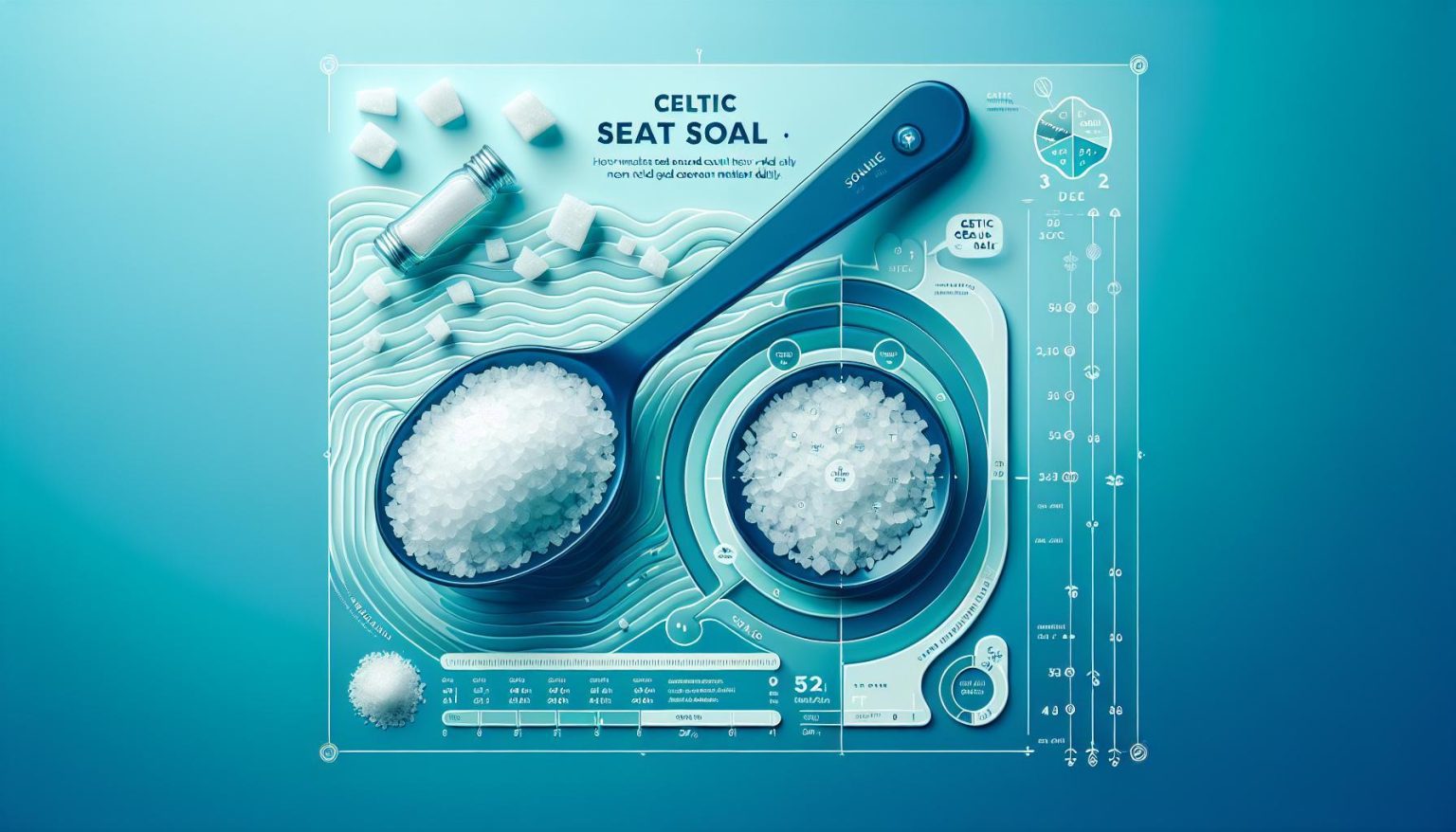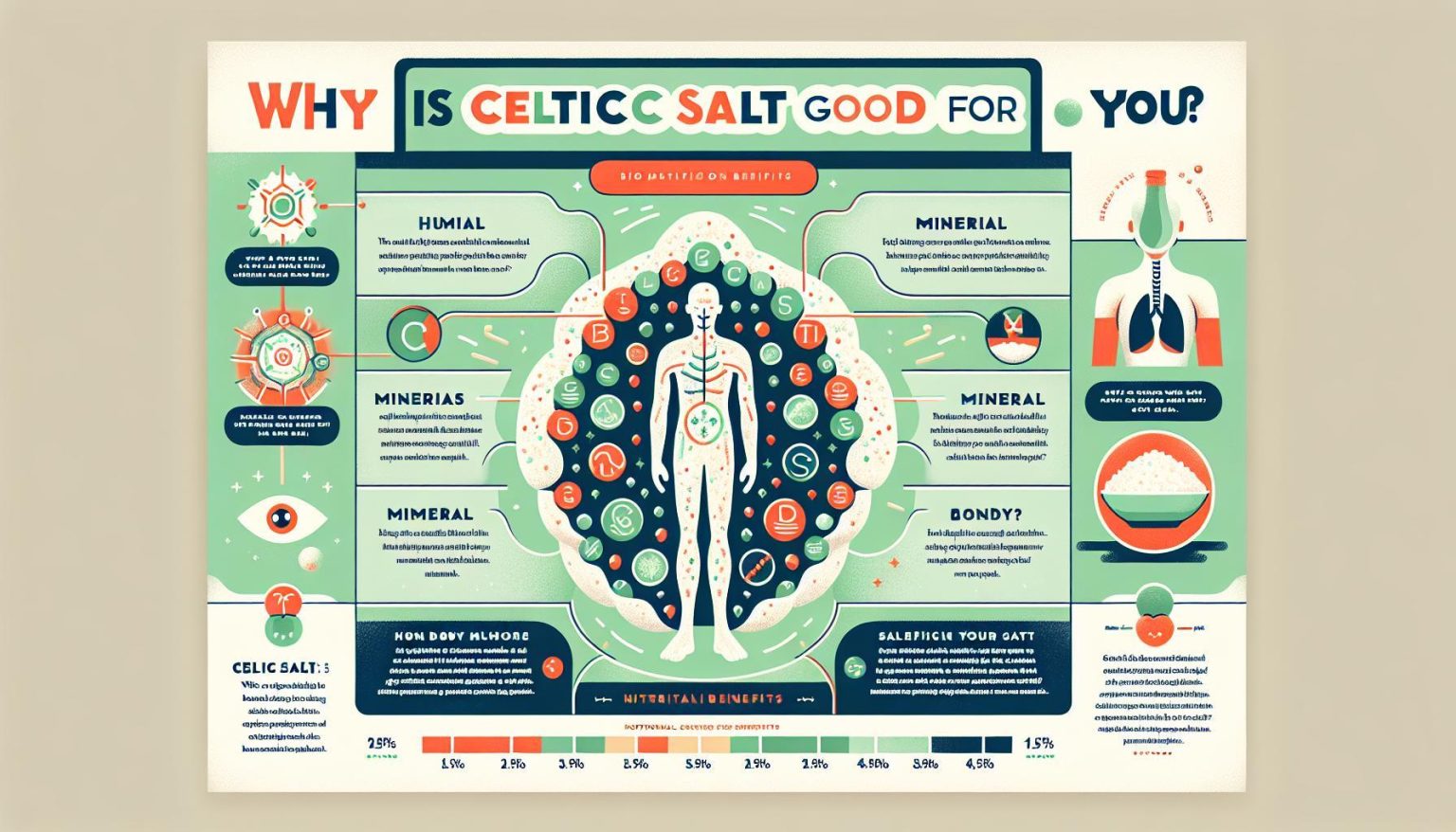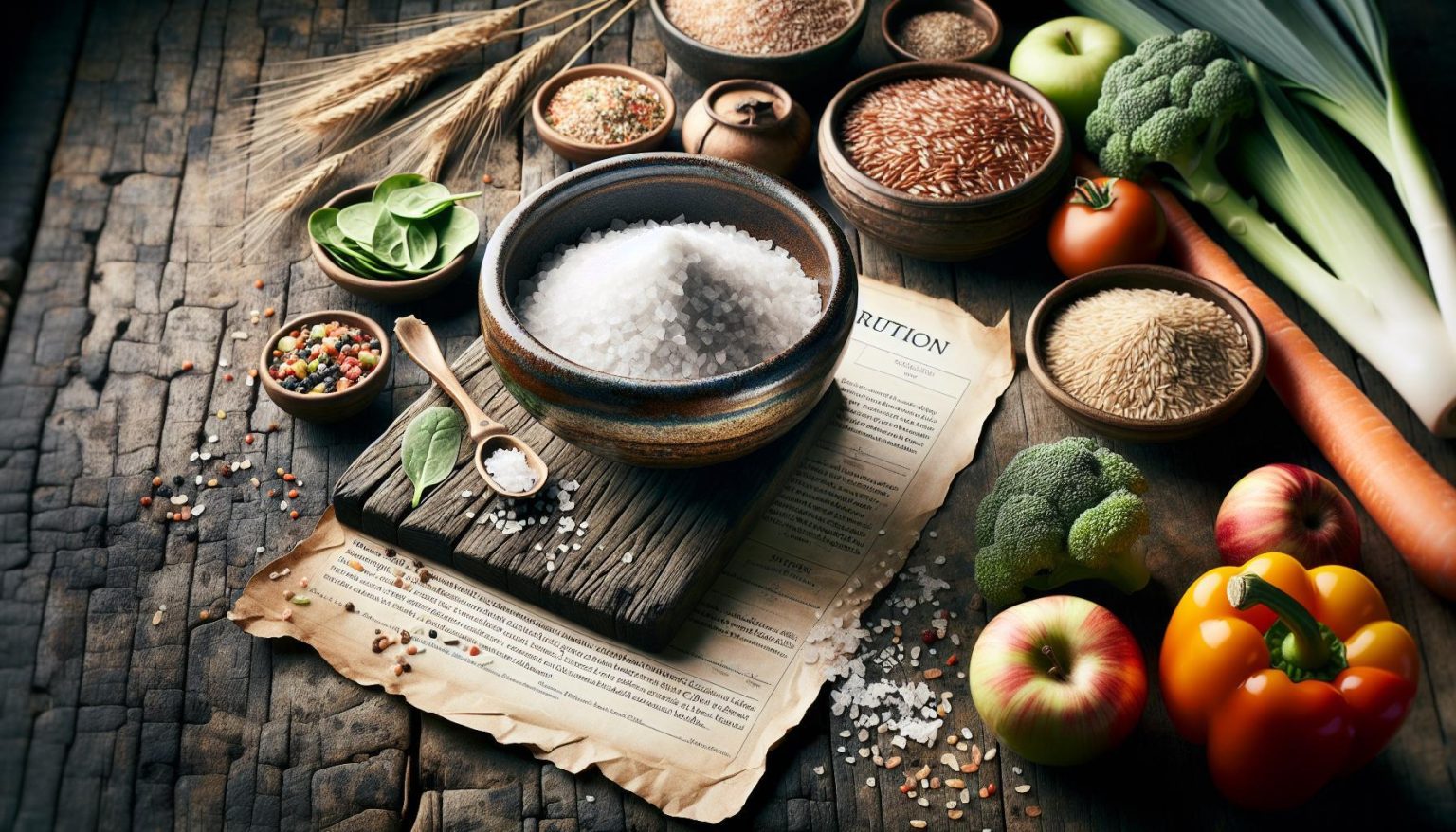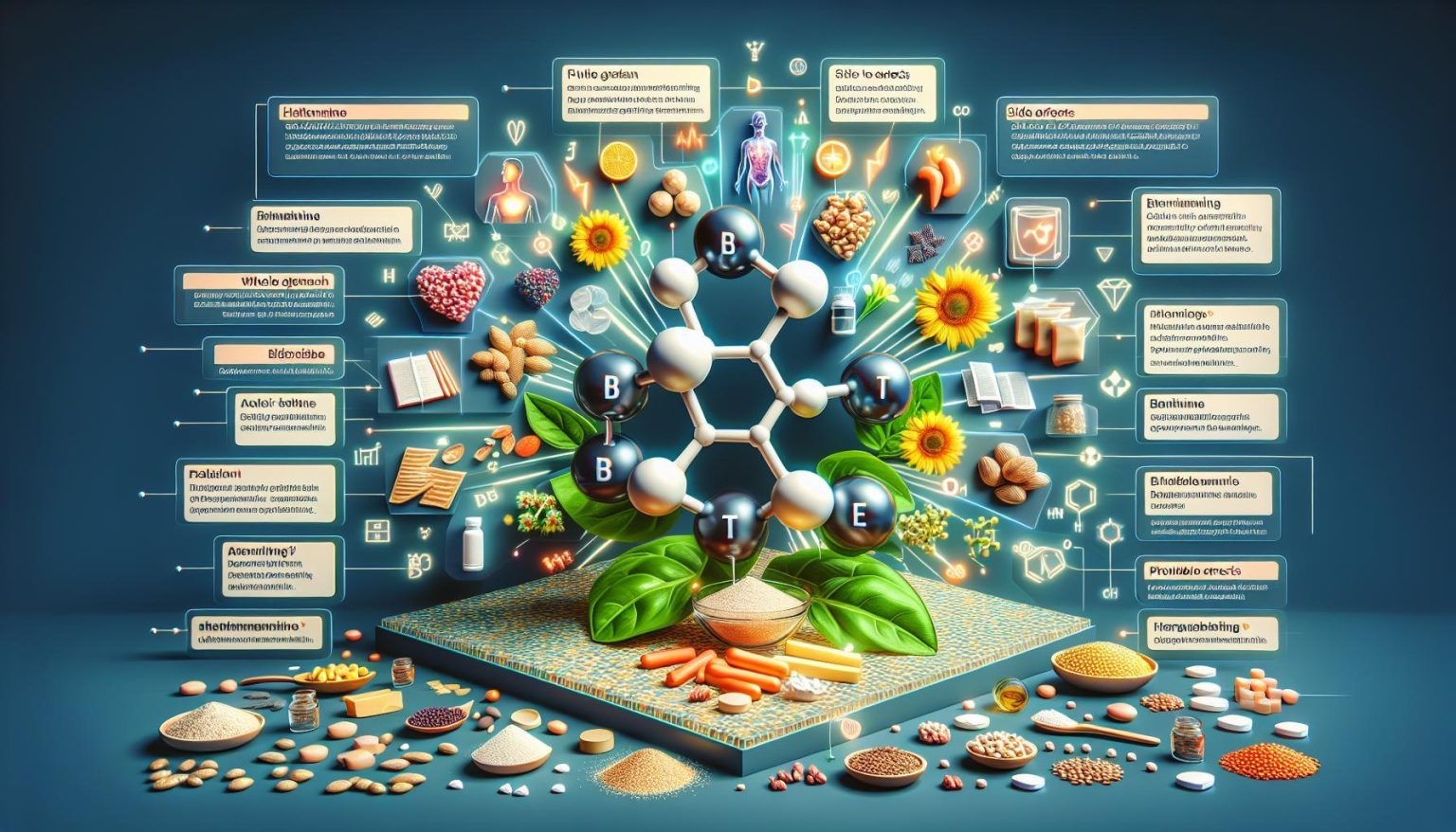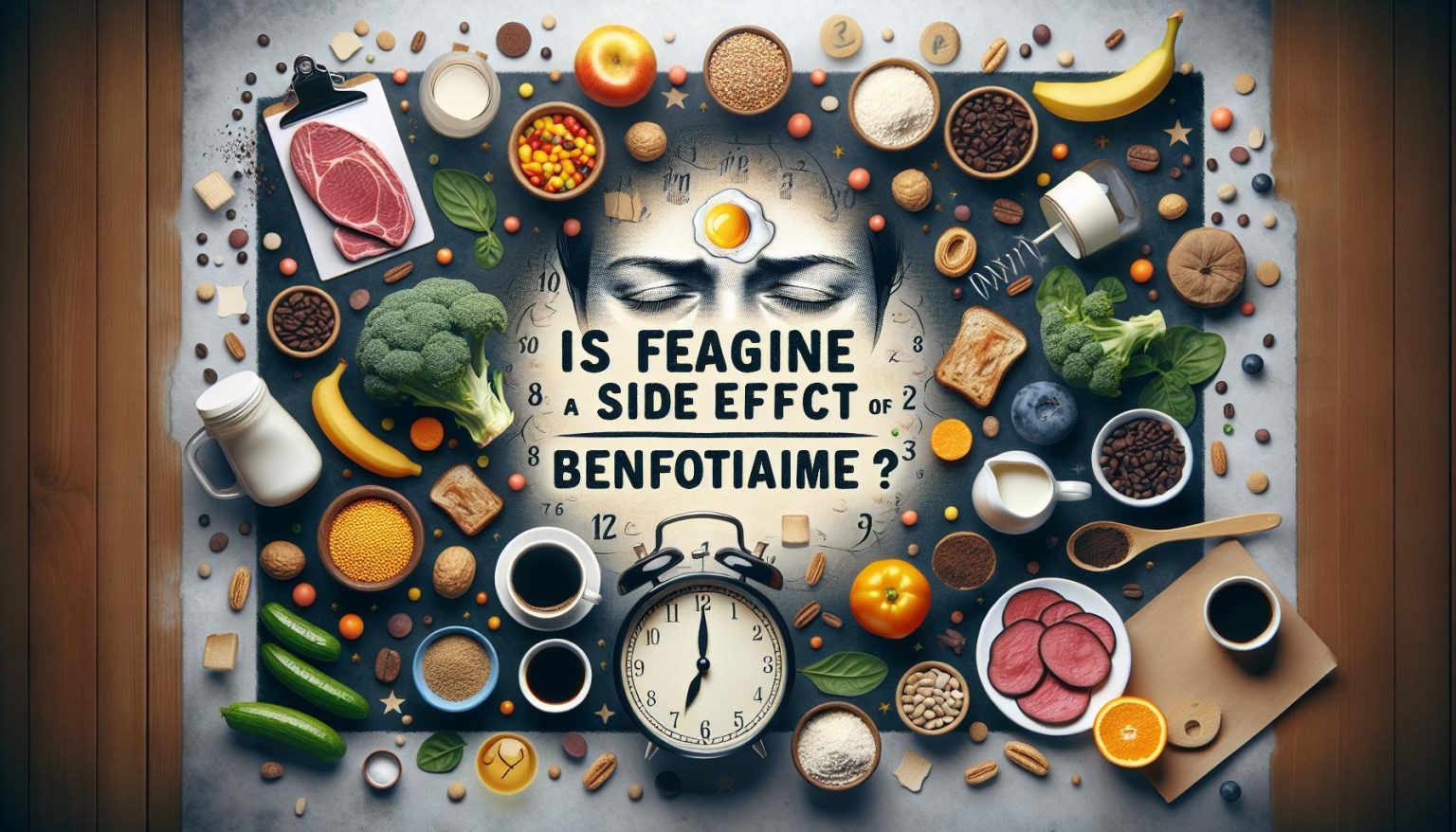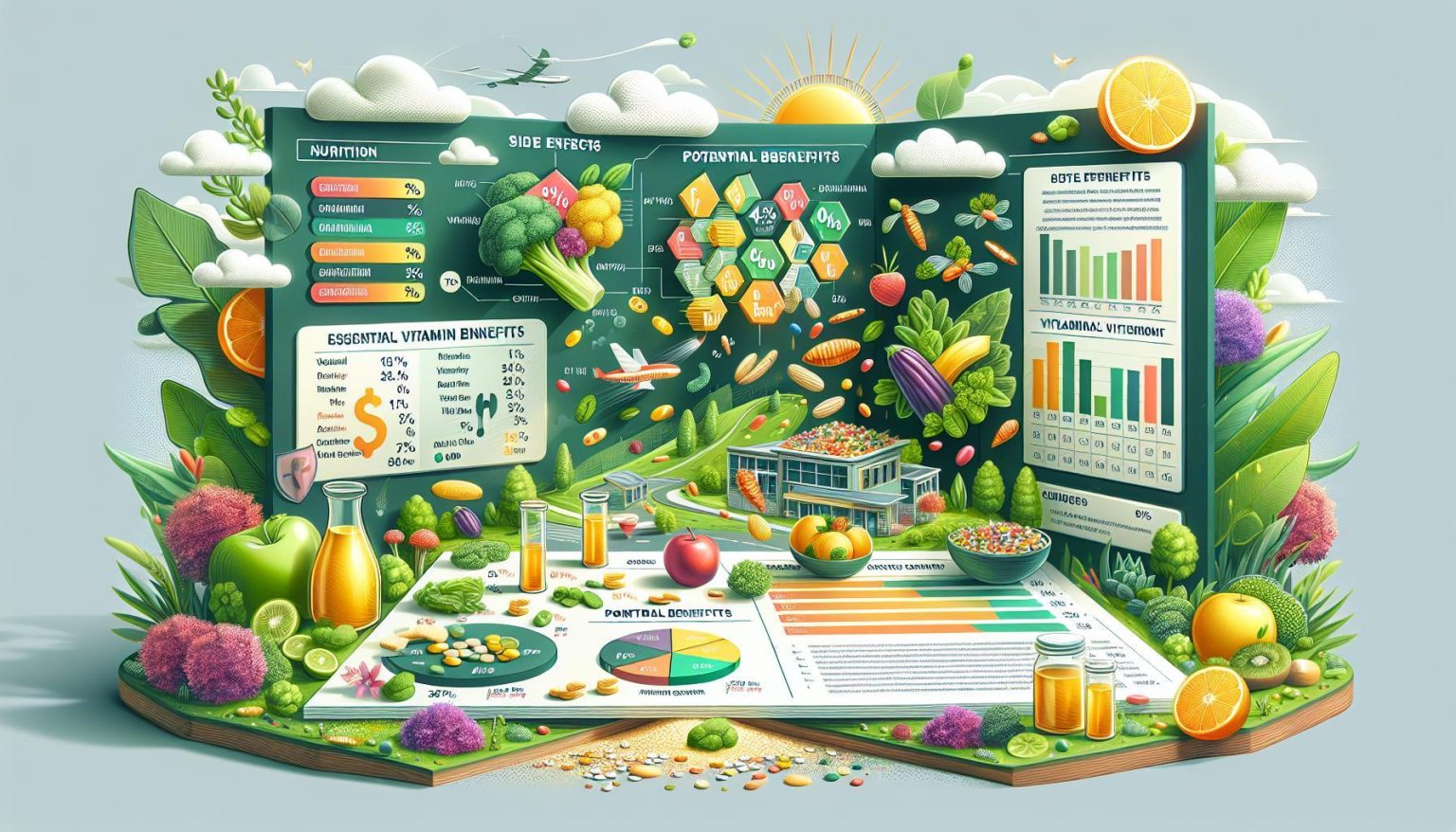Understanding the Nutritional Needs for Remote Area Residents is essential for maintaining health and wellbeing. One of the primary challenges faced by these communities is Food Security in Remote Locations. With the limited availability of fresh produce due to logistical issues, non-perishable foods become the primary source of nutrition. In this context, understanding the science of nutrient preservation in non-perishable foods is paramount.
Introduction to non-perishable foods
Non-perishable foods, as the name suggests, have a long shelf-life and don’t require refrigeration. This category includes canned goods, frozen foods, dried grains, and other shelf-stable products. When incorporating Sustainable Gardening for Nutrition, these foods provide an essential nutrition supply that can withstand the challenges of remote living.
The importance of nutrient preservation in non-perishable foods
The primary concern with non-perishable foods is the potential loss of nutrients during processing and over time. Therefore, preserving nutrients in non-perishable foods is crucial to ensure optimal nutritional value. Research suggests that nutrient degradation can dramatically impact the health benefits of these foods, making nutrient preservation a vital consideration.
How nutrients degrade over time in shelf-stable products
Understanding how nutrients degrade over time in shelf-stable products requires knowledge of the elements essential to food products. Air, warmth, and light can all impact nutrient quality, causing vital vitamins and minerals to diminish. Vitamin C, for instance, is sensitive to air and light, and can therefore degrade significantly in canned fruits and vegetables over time.
The role of packaging and processing in preserving nutrients
Packaging and processing play a significant role in preserving nutrients in non-perishable foods. From the use of tin cans to the application of preservation techniques such as freeze-drying, these methods aim to sustain the nutritional value of the foods. However, it’s important to understand that while these techniques can prolong shelf life, they may also impact the nutrient content of the products. For instance, excessive heat used during canning can reduce the level of heat-sensitive nutrients like Vitamin C.
While the challenges of preserving nutrients in non-perishable foods are significant, understanding these challenges can help consumers make better dietary choices. Uplifting food security in remote locations often relies on enhancing the nutritional value of available food sources. With this in mind, our next section will explore the top methods for retaining nutrients in canned and frozen foods.
Top Methods for Retaining Nutrients in Canned and Frozen Foods
Preserving the nutritional integrity of foods is an essential aspect of ensuring a balanced and healthy diet, especially when it comes to non-perishable foods like canned and frozen items. As the long shelf life and convenience of these products make them a staple in many households, understanding the impact of their processing methods on nutrient preservation is key.
The Impact of Canning on Nutrient Preservation
While canning is a popular method for long-term food preservation, it has both positive and negative impacts on nutrient preservation. During the canning process, foods are exposed to high heat, which can cause vitamins like C and B to break down. However, this process also amplifies certain nutrients such as lycopene in tomatoes and beta-carotene in carrots. Thus, to balance out nutrient loss and gain, it’s essential to include a variety of canned goods in your diet.
The Science Behind Freezing and Nutrient Retention
Freezing, on the other hand, is a nutrition-preserving powerhouse. The science behind freezing and nutrient retention reveals that it effectively suspends enzyme activity that can lead to loss of vitamins and minerals. The quick freezing method retains the cellular structure of food, thereby preserving its nutritional profile. However, nutrient loss can occur while thawing and reheating, hence these steps should be done cautiously.
Best Practices for Selecting Canned and Frozen Foods with High Nutrient Content
When selecting canned and frozen foods, look for products without added sugar or sodium, as these can outweigh the nutritional benefits. Opt for fruits frozen at their peak ripeness, as they contain high levels of nutrients. For canned goods, choose products packed in juice instead of syrup, and rinse them before use to decrease sodium content.
Tips for Preparing and Cooking Canned and Frozen Foods to Minimize Nutrient Loss
Preparing and cooking these foods correctly can also vastly affect their nutritional yield. Steaming frozen vegetables instead of boiling them helps retain more nutrients. For canned goods, using them in recipes that involve little or no additional cooking can help preserve their nutritional content. Regardless of the method, remember that properly stored canned or frozen foods can contribute significantly to a healthful, balanced diet.
Overall, the nutrient content in canned and frozen foods can be adequately maintained with proper understanding and handling. In the next section, we will explore how processing influences the nutrient content in shelf-stable foods, providing a comprehensive understanding of nutrient preservation in all types of non-perishable food items.
The Impact of Processing on Nutrient Content in Shelf-Stable Foods
It is common knowledge that food processing alters the intrinsic qualities of our foods. However, understanding the specific effects of various processing techniques on the nutrients in shelf-stable foods can empower us to make more health-conscious decisions. This article delves into how heat, light, and oxygen exposure influence nutrient degradation, the role additives and preservatives play in preserving nutrient content and common processing methods’ impact on nutrients.
Understanding the Effects of Heat, Light, and Oxygen on Nutrient Degradation
To maintain the ‘non-perishable’ tag in foods, exposure to heat, light, and oxygen is inevitable. Unfortunately, these three elements also expedite nutrient degradation, particularly vitamins such as Vitamin C and some B vitamins. Other nutrients like proteins may denature with excessive heat, while light can promote oxidation, leading to nutrient loss. Thus, shelf-stable food manufacturers need to strike a delicate balance and employ precise processing methods that halt food spoilage without sacrificing vital nutrients.
The Role of Additives and Preservatives in Maintaining Nutrient Levels
Food additives and preservatives are fundamental to the shelf-stability of non-perishable foods. They delay microbial growth and slow down enzymatic processes that cause food spoilage. Some preservatives also have antioxidant properties, which help retain vitamin C and other susceptible nutrients. While these substances help maintain nutrient levels, it is essential to check their safety profiles since excessive consumption may pose health risks.
Common Processing Techniques and their Impact on Nutrient Content
Various food processing techniques impact nutrient content differently. For instance, drying can significantly reduce vitamin C concentration, while high-temperature processes like pasteurization can affect more stable nutrients such as proteins. Raw and minimal cooking methods often yield higher nutrient retention, while extended cooking or reheating may lead to further nutrient loss. Therefore, understanding the processing your non-perishable foods underwent can help you gauge their actual nutritional content and value for a balanced diet.
How to Identify Minimally Processed Non-Perishable Foods with High Nutrient Retention
As consumers become more health-conscious, the demand for minimally processed foods with high nutrient retention is on the rise. These are foods that have been altered as little as possible and still retain most of their nutrients. Consumers can identify these foods by reading labels and opting for items with fewer additives and preservatives. Picking foods with the shortest ingredient list often means less processing and therefore higher nutrient retention.
Having examined the impact of processing on nutrient content in shelf-stable foods, one must consider effective strategies for maintaining the nutritional value in long-lasting food products. In the upcoming section, we will explore the stability of nutrients in different types of non-perishable foods, the critical role storage conditions play, the significance of expiration dates, and strategies to incorporate non-perishable foods into a balanced diet.
Key Factors for Maintaining Nutritional Value in Long-lasting Food Products
Often, the conversation on non-perishable food revolves around their convenience and long shelf life. However, what escapes many tongues, but is equally important, is the nutritional value of these long-lasting food products. So, let’s dive into the different elements that influence the nutrient stability in non-perishable foods, shedding light on the importance of storage conditions, expiration dates, and ways of incorporating these foods into our diets.
Nutrient Stability in Different Types of Non-Perishable Foods
Foods like grains, beans, and canned fruits or vegetables offer an array of vitamins, minerals, proteins, and fibers. Yet, the nutrient stability varies between these food types. For instance, grains and beans generally retain their nutrient content for longer periods due to their low moisture content. On the other hand, canned fruits and vegetables might lose certain vitamins over time, but their mineral content remains stable. Thus, having a variety of non-perishable foods can ensure a balanced nutrient intake.
The Importance of Storage Conditions in Preserving Nutrient Value
The storage environment plays a crucial role in preserving the nutrient content in non-perishable foods. Exposure to heat, humidity, or light can accelerate nutrient degradation in foods, even if they are non-perishable. Shelf-stable food products should ideally be stored in cool, dark, and dry places to maintain their nutritional value.
The Significance of Expiration Dates and Shelf Life in Nutrient Preservation
Expiration dates and shelf life are quintessential components in maintaining nutrient value. After the expiration date, the product might not only lose its taste and texture but also its nutritional content. While the shelf-life of non-perishable foods is extended, it doesn’t mean that their nutrients are stable indefinitely. Therefore, it is essential to consume these foods within their provided dates to benefit from their nutritional value.
Strategies for Incorporating Non-Perishable Foods into a Balanced Diet
Making non-perishable foods part of our daily diet is a strategy that fulfills our nutritional needs while fitting into our busy lifestyles. Combining different non-perishable foods like grains, beans, canned fruits, and vegetables can provide a meal packed with nutrients. Also, using these foods as a base for meals ensures that we are receiving a steady intake of essential vitamins and minerals.
To reap the full benefits of non-perishable foods, one must not only select the right products but also store and use them correctly. Incorporating these foods optimally into a balanced diet highlights its overall nutritional value.
Moving Forward: Tips for Choosing and Storing Non-Perishable Foods
With a clearer understanding on retaining nutrient value in long-lasting food products, the next step is to delve into the practicalities. In the next section, we will explore how to identify nutrient-rich non-perishable products, the best practices for storage, and ways to minimize nutrient loss during preparation and cooking. Stay tuned to learn more about including non-perishable foods in meal planning for optimal nutrient intake.
Top Methods for Retaining Nutrients in Canned and Frozen Foods
The Impact of Canning on Nutrient Preservation
When it comes to preserving nutrients in canned foods, the method of canning plays a crucial role. Canning involves heating the food to kill bacteria and other microorganisms, which can also lead to the degradation of certain nutrients.
However, LSI terms such as “low-acid foods” and “high-acid foods” are important to consider in the canning process. Low-acid foods, such as vegetables and meats, require a higher temperature for canning, which can lead to greater nutrient loss compared to high-acid foods like fruits.
The Science Behind Freezing and Nutrient Retention
Freezing is a popular method for preserving nutrients in food, as it can help slow down the degradation process. This is particularly true for LSI terms like “flash-freezing,” which involves quickly freezing the food at very low temperatures to preserve its nutritional content.
It’s important to note that while freezing can help retain most nutrients, some sensitive vitamins like vitamin C and some B vitamins may still experience some loss during the freezing process.
Best Practices for Selecting Canned and Frozen Foods with High Nutrient Content
When choosing canned and frozen foods, look for options with no added sugars, salts, or preservatives. Opt for LSI terms such as “unsweetened” and “low-sodium” to ensure you’re getting the most natural and nutrient-dense products.
Additionally, consider LSI terms such as “quick-frozen” or “raw-packed” as these indicate minimal processing, which can help retain the nutritional value of the food.
Tips for Preparing and Cooking Canned and Frozen Foods to Minimize Nutrient Loss
When it comes to preparing and cooking canned and frozen foods, it’s important to use methods that minimize nutrient loss. For example, using minimal water when cooking frozen vegetables or utilizing the liquid from canned fruits and vegetables can help retain nutrients that may leach out during the cooking process.
Furthermore, consider using LSI terms such as “steaming” or “microwaving” as these cooking methods can help preserve more nutrients compared to boiling or frying.
Conclusion
Preserving nutrients in non-perishable foods is crucial for maintaining their nutritional value over time. Understanding the impact of canning, freezing, and processing on nutrient retention, as well as implementing best practices for selecting, preparing, and storing these foods, can help ensure that you’re getting the most out of your non-perishable food choices.
Frequently Asked Questions
1. What are the best practices for selecting nutrient-dense canned and frozen foods?
Look for options with no added sugars, salts, or preservatives, and consider terms such as “unsweetened” or “low-sodium” to ensure you’re getting the most natural and nutrient-dense products.
2. How can I minimize nutrient loss when preparing and cooking canned and frozen foods?
Utilize cooking methods such as steaming or microwaving, and avoid using excessive water when cooking frozen vegetables to minimize nutrient loss.
3. What should I look for on food labels when selecting non-perishable products?
Pay attention to terms such as “quick-frozen” or “raw-packed” as these indicate minimal processing, which can help retain the nutritional value of the food.
4. What are the key factors for maintaining nutritional value in long-lasting food products?
Nutrient stability, storage conditions, expiration dates, and balanced diet incorporation are all key factors for maintaining nutritional value in non-perishable foods.
5. How should I store canned, frozen, and shelf-stable foods to maximize nutrient retention?
Store these foods in cool, dry places away from direct sunlight and moisture, and always check the expiration dates to ensure optimal nutrient retention.

